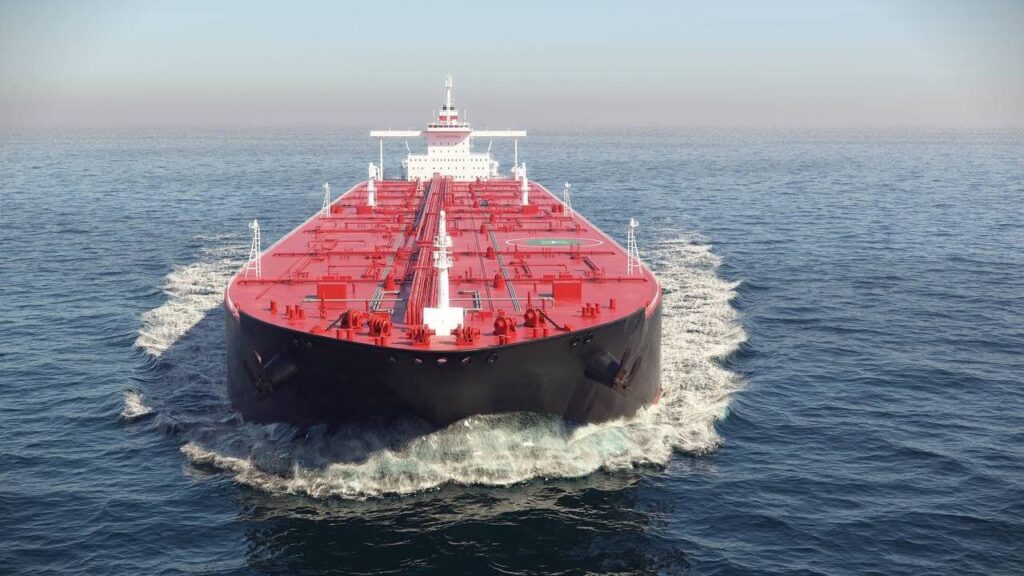A historic surge in US crude exports has attracted a record number of supertankers, with 48 vessels en route to collect American oil in the next three months, marking the highest level in at least six years, according to data compiled by Bloomberg.
This influx of supertankers highlights a shifting energy landscape as the United States experiences an unprecedented increase in crude production, with exports on the rise. US crude exports have seen substantial growth this year, as indicated by government data.
US oil producers have been focusing on sending low-sulfur “light-sweet” crude to international markets, while many domestic refiners prefer heavier grades that yield a higher quantity of diesel-type fuels. This change in strategy follows the lifting of decades-old restrictions on crude exports in 2015.
“US slate-optimization is forcing further volumes of US light sweets to the waterborne market,” noted Richard Price, an oil markets analyst at Energy Aspects Ltd.

Shipments from the US Gulf Coast, the primary exporting region, are projected to increase by 100,000 barrels per day year-on-year next month, reaching 4.1 million barrels per day, according to industry research. Additionally, the OPEC+ production cuts have led tankers to leave the Middle East in search of more favorable opportunities in the Atlantic region during the winter season.
The influx of vessels heading to the US Gulf includes those engaging in a speculative practice known as ballasting, where ships travel to a region without any cargo bookings, as mentioned by EA Gibson, a London-based shipbroker.
The strong winter demand for crude oil could potentially result in higher earnings for these tankers upon reaching the United States, according to Svetlana Lobaciova, a principal analyst at the firm.
The energy landscape continues to evolve, driven by the United States’ robust crude oil production and its expanding role in the global oil market.









